Microsoft Logo Design: History & Evolution

Image Source: https://www.instagram.com/microsoft/ | Image Courtesy: Microsoft
Over the years, the Microsoft logo design has become a symbol of innovation, technology, and progress. The journey of this iconic logo is a fascinating tale that mirrors the evolution of the tech giant itself. From its humble beginnings in the 1970s to its sleek and modern appearance today, the Microsoft logo design has undergone several transformations, each reflecting the company's growth and development. In this article, we will take a stroll down memory lane and explore the history and evolution of the Microsoft logo design. We'll delve into the reasons behind each change and the impact it had on the brand's image. So grab a cuppa, sit back, and join us on this exciting journey through the history of one of the most recognizable logos in the world!
In this article, we will use the focus keyword "Microsoft logo design" to optimize for SEO, ensuring that those interested in the evolution of this iconic symbol can easily find our content. Stay tuned for a deep dive into the world of Microsoft logo design!
Microsoft Logo Design History
1972 - 1975
Before it was the global tech juggernaut we know today, Microsoft started off as Traf-O-Data. Believe it or not, their focus was on traffic light computer technologies! Their initial logo, designed in 1972, was an intriguing ensemble of three black figures that worked together to form a stylized monogram. The big black letter "D" in the logo was a masterstroke of design creativity. This "D" was composed of two parts and a central black circle. If you're clever, you'll notice that the circle represents an "O," and the left bar of the "D" can be interpreted as a "T." Yep, the emblem was a slick visual play on "TOD," an abbreviation for Traf-O-Data.
As for typography, the company opted for a bold black logotype, positioned to the right of the emblem. The typeface used was a smooth, rounded serif, exuding a sense of style and friendliness. The Microsoft logo design during these initial years showed that even in its infancy, the company had a keen eye for branding.

Image Courtesy: Microsoft
1975 - 1980
Fast forward to 1975, and we see the birth of "Microsoft." A new name called for a fresh logo, and the company didn't disappoint. Designed by Simon Daniels, the first official logo for Microsoft was an audacious departure from its Traf-O-Data days. The logo was monochrome but carried a stylish punch. Every capital letter in the logotype had extra-bold lines, intricately formed by numerous thin black and white stripes.
The typeface of this 1975 logo bore a striking resemblance to the Aki Lines font. The design choice was far from accidental; it resonated with the brand's new focus and ambition. It was fresh, stylish, and progressive—a visual testament to the company's readiness to lead in the emerging world of personal computing.

Image Courtesy: Microsoft
1980 - 1982
The year 1980 saw another pivotal moment in Microsoft logo design. Simon Daniels, the creative genius behind Microsoft's earlier rebranding, took another stab at refining the company's visual identity. The central theme of monochrome design was retained, but the typeface underwent a significant transformation. This time around, Daniels opted for New Zelek font—a decision that lent a sharper, edgier feel to the black capitalized lettering.
If you're wondering why this particular logo only had a lifespan of two years, you're not alone. Despite its modern and forward-looking design, the logo didn't stick around for long. Whether it was a reflection of the fast-paced technological changes or a more subtle shift in Microsoft's brand philosophy, this iteration of the Microsoft logo design quickly made way for another redesign. It was brief but memorable, serving as a transitional step in Microsoft’s continually evolving brand narrative.

Image Courtesy: Microsoft
1982 - 1987
Fast forward to 1982, and the Microsoft logo underwent yet another facelift. This new avatar ditched the complex fonts and geometric undertones for something far simpler. The design featured straight, no-nonsense sans-serif typeface that spelled out the company name in an unambiguous fashion. But the real showstopper was the letter "O," which was rendered with striped patterns. This little touch did more than just stylize the letter; it visually split the company name into two distinct parts.
What's particularly interesting about this version of the Microsoft logo design is its nuanced symbolism. That strategically designed "O" could be interpreted as a nod to the company's dual focus on both software and hardware, or perhaps an indication of its growing range of products and services. Either way, it was a design choice that captured attention and sparked conversation. This logo stayed with Microsoft for a good five years, marking an era of growth and consolidation for the brand.

Image Courtesy: Microsoft
1987 - 2011
Ah, 1987—a landmark year for Microsoft's visual identity. Scott Baker took the design reins and gave us the iconic logo that lasted nearly a quarter of a century. Say hello to Helvetica Black, italicized for dramatic effect, capturing both the eye and the imagination. The real piece de resistance, however, was a little design twist that you might've missed at first glance—a triangular white cut right in the letter "O."
So, what's the deal with this peculiar "O," you ask? Well, it was all about perspective. This angular slice ingeniously separated "Micro" from "Soft," nudging the viewer to consider the company name from a new angle. And let's not forget how perfect this was from an SEO standpoint; the name essentially described what the company did in the world of microcomputing software. Clever, right? This Microsoft logo design stayed largely unchanged until 2012, serving as a visual cornerstone for Microsoft through some of its most formative years, including the launch of Windows 95, XP, and the groundbreaking Windows 7.

Image Courtesy: Microsoft
2011 - 2012
If you blinked, you probably missed it—the Microsoft logo underwent a subtle tweak in 2011. You see, design doesn't always have to shout to make itself heard. The changes were nearly invisible to the casual observer but had some nuances that were important to the brand's evolving identity. Specifically, the lettering shrank just a smidgen, and the contour of the "M" widened, allowing a bit more breathing room between its vertical bars.
Even though these shifts might seem minor, small adjustments like these can speak volumes. Whether it was a response to the minimalism trending in design circles or a strategic maneuver to prepare for bigger changes, this iteration of the Microsoft logo design hinted at a company that was constantly fine-tuning, even when things seemed perfect. This logo served as a transitional placeholder, making way for a completely revamped design the following year.

Image Courtesy: Microsoft
2012 - Present
Big changes came to Microsoft's visual identity in 2012, thanks to designer Jason Wells. Out went the old and in came the new—a major rebranding that aligned with the company's broadening scope and ambition. Gone were the days of simply separating "Micro" from "Soft" through typography; Microsoft was now a multi-faceted behemoth with its hands in everything from software to hardware, from cloud computing to gaming consoles. The new logo had to reflect that diversity and dynamism.
So what's the scoop on this modernized emblem? First off, the geometric icon. It's like a quilt patch of techy goodness: four small, colorful squares that together form a larger square. Each color could symbolize a different aspect of Microsoft's extensive portfolio—Blue for Windows, Red for Office, Green for Xbox, and Yellow for Bing, perhaps? Meanwhile, the light gray logotype, penned in a modest and neat Segoe Semibold sans-serif typeface, serves as the perfect complement to the vibrant squares.
And so here we are, from Traf-O-Data's traffic-oriented logo to a modern emblem that echoes the brand's omnipresence in our daily lives. Microsoft's logo design journey has been nothing short of spectacular. Thanks for joining us on this fascinating trip down memory lane. Stay tuned for more design chronicles!

Image Courtesy: Microsoft
Analysis: Microsoft Logo Design Evolution
Let's wrap up this deep dive by connecting all the dots. Microsoft's logo design journey isn't just a bunch of pretty emblems; it's a visual narrative that's evolved in step with the brand's own incredible story. So sit tight as we break down this evolution into five key points that every design enthusiast will love to know.
Adaptability
One of the most striking features of Microsoft's logo design journey is its adaptability. From Traf-O-Data's monogram to today's geometric icon, the logo has continuously evolved to reflect the company's changing focus and technological advancements. It's a design lesson in staying relevant without losing the core essence of your brand.
Typography
Matters Each era of Microsoft logo design has made a unique typographical statement. From the bold and rounded serif fonts of the early Traf-O-Data days to the crisp Segoe Semibold sans-serif of the modern era, the choice of typeface has been a subtle but effective way to communicate the company's vision and direction.
Symbolism and Nuance
Let's not forget the nuanced symbolism that's been a consistent feature throughout Microsoft's logo design history. Be it the strategic cut in the "O" to separate "Micro" and "Soft" in 1987 or the colorful squares representing different Microsoft services in 2012, each design element has carried more than just aesthetic value—it's added layers of meaning to the brand identity.
Minimalism and Complexity
Interestingly, Microsoft has swung between minimalism and complexity in its logo design strategy. The initial logos had intricate details like stylized monograms and striped patterns. However, as the brand matured, the design elements became increasingly minimalistic, focusing more on geometric shapes and clean lines.
Consistency and Change
What's especially commendable is the balance Microsoft has struck between consistency and change. While there have been several redesigns over the years, each new logo has built upon the preceding one in some way. This ensures that the brand identity remains consistent even as it undergoes transformation, providing a continuous thread through the company's rich history.
In summary, the Microsoft logo design evolution serves as a captivating case study for how a brand's visual identity can adapt, signify, and unify over decades of innovation and growth. It's not just about aesthetics; it's about encapsulating a brand's entire journey in a way that's as dynamic as the brand itself. Now, how's that for design brilliance?

Image Source: https://www.instagram.com/microsoft/ | Image Courtesy: Microsoft
The Philosophy & Meaning Behind Microsoft Logo Design
Now that we've explored the history and key features of Microsoft's logo design evolution, it's time to dive a little deeper. Let's talk about the philosophy and meaning behind these changes. After all, a logo isn't just a pretty picture—it's a compact narrative, a philosophical statement, and in some cases, a revolution in miniature.
Unity in Diversity
One of the most striking philosophies embedded in the current Microsoft logo design is the idea of unity in diversity. Those four colorful squares aren't just for show. They echo the diverse range of products and services Microsoft offers, yet they come together to form a single, cohesive image, mirroring the brand's holistic approach to technology.
Accessibility & Friendliness
Since the early days, Microsoft's typefaces and logo designs have often aimed for a friendly, accessible vibe. Whether it's the rounded edges of the Traf-O-Data era or the welcoming Segoe Semibold font in the modern logo, the intent has been to make technology approachable for everyone.
Innovation & Progress
Microsoft has always been a trailblazer in the tech industry, and their logo designs have often reflected this. From the avant-garde typography choices to the geometrically pleasing iconography, each element screams innovation and progress, aligning perfectly with the brand's ethos.
Simplicity & Elegance
As Microsoft matured as a company, we see a clear shift toward minimalism in its logo design. This can be viewed as a reflection of their products becoming more user-friendly and intuitive over time. It's the 'less is more' mantra—a simple design can often convey a complex idea most efficiently.
Adaptability is King
Above all, the philosophy of adaptability shines through. Microsoft has had a knack for evolving its logo design to suit the times and the changing tech landscape. The shifts, while sometimes subtle, indicate a brand that's agile and responsive to market needs, keeping the logo relevant and resonant.
In a nutshell, Microsoft's logo design is not just a feat of graphic wizardry; it's a philosophical statement. It tells a story of unity, innovation, accessibility, simplicity, and adaptability. It's a visual symphony that encapsulates Microsoft's mission to empower every person and organization on the planet to achieve more. Now, if that isn't an epic saga wrapped in pixels and vectors, I don't know what is!

Image Source: https://www.instagram.com/microsoft/ | Image Courtesy: Microsoft
What Can We Learn from Microsoft Logo Design
Let's roll up our sleeves and get down to business. We've dissected the history, examined the philosophy, and now it's time to glean some pearls of wisdom from Microsoft's logo design journey. Whether you're a fledgling designer or a savvy marketer, there are some fantastic takeaways here that could very well inspire your next branding masterpiece.
Evolve with the Times
First and foremost, Microsoft teaches us the art of evolving. The tech giant has not shied away from changing its logo to keep up with its own evolution and the larger trends in the tech industry. So don't be afraid to update, innovate, and disrupt—even if it's your own established norms. Your brand isn't a static entity; it's a living, breathing thing.
Harmonize Form and Function
Microsoft's logos have always managed to blend form and function seamlessly. It's never been just about looking pretty; each design element serves a purpose and conveys a message. The takeaway? Don't just go for eye-candy; strive for a design that's as functional as it is visually appealing.
Keep it Simple
If you look at the trajectory of Microsoft logo design, you'll notice a trend towards simplification. This ties back to the simplicity principle, which is evergreen advice for designers. Overdoing it can muddy your message; sometimes, a clean and straightforward design can be the most powerful.
Symbolism Matters
Another page to take from Microsoft's book is the effective use of symbolism. Be it the cut in the 'O' or the colorful squares, these aren't random design choices. They tell a story and deepen the brand's narrative. If done well, symbolic elements can elevate a logo from being merely aesthetic to deeply resonant.
Consistency is Key, but Don't Be Afraid to Pivot
One of the trickiest aspects of branding is maintaining consistency while still being open to change. Microsoft has managed this balancing act remarkably well. Over the years, even as the logo underwent changes, there was a thread of continuity that helped maintain brand recognition.
To wrap it all up, Microsoft's logo design journey offers invaluable lessons in adaptability, harmony between form and function, simplicity, effective use of symbolism, and the delicate art of being consistently dynamic. So the next time you're brainstorming ideas for a brand-new logo or a redesign, remember: Microsoft's saga holds some gems of wisdom that could be just what you need to strike branding gold.
Conclusion
And there you have it, folks! From its humble beginnings with Traf-O-Data to its modern geometric flair, the Microsoft logo design journey is a masterclass in branding done right. It's more than just a series of pretty pictures; it's a visual chronicle that teaches us the importance of adaptability, symbolism, and striking a balance between form and function. So whether you're a designer, marketer, or just a fan of good design, there's a lot to learn and appreciate here. Keep these takeaways in mind, and who knows? Your next design project might just be your own masterpiece!
Let Us Know What You Think!
These fantastic logo design articles are written and curated by Kreafolk's team. We hope you enjoy our information and remember to leave us a comment below. Cheers!

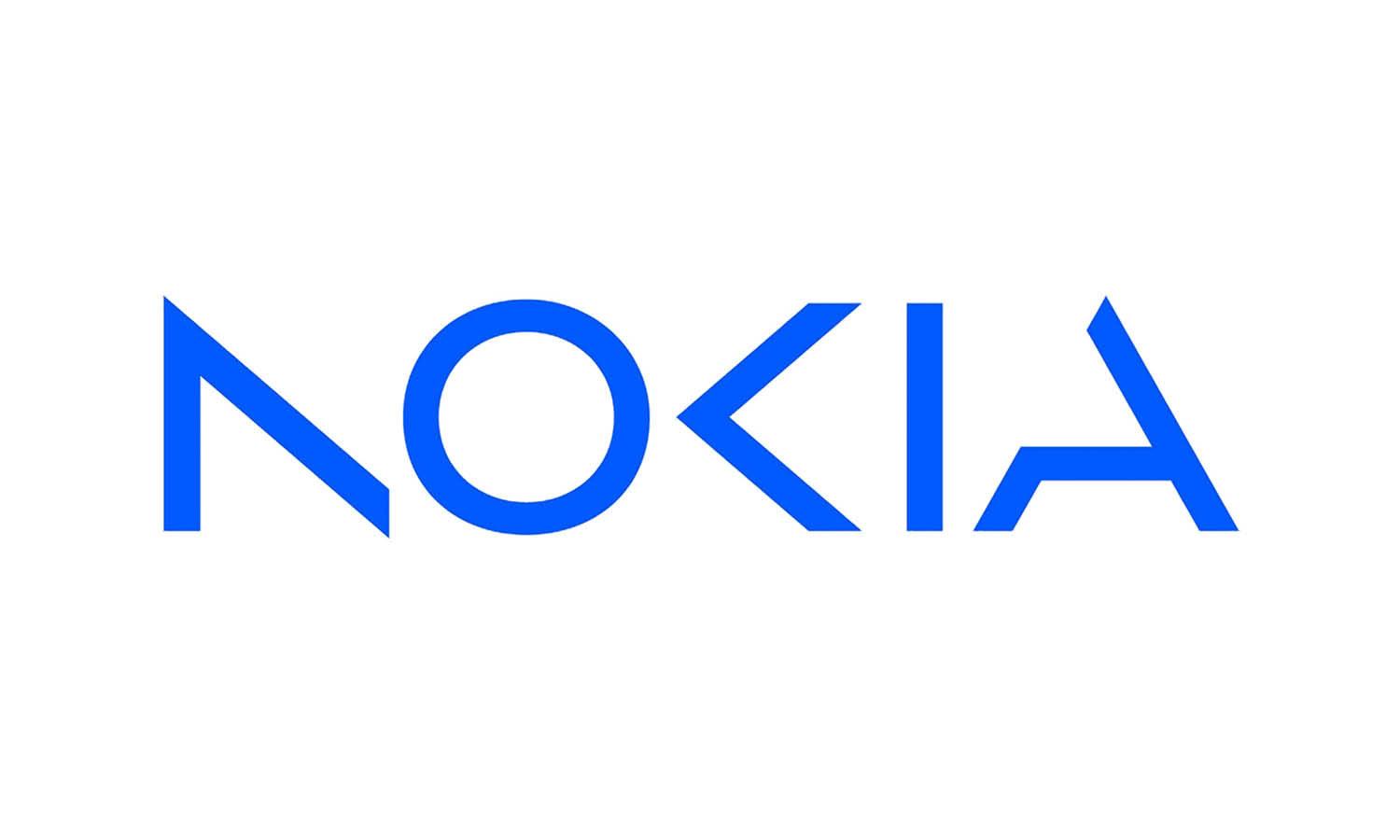
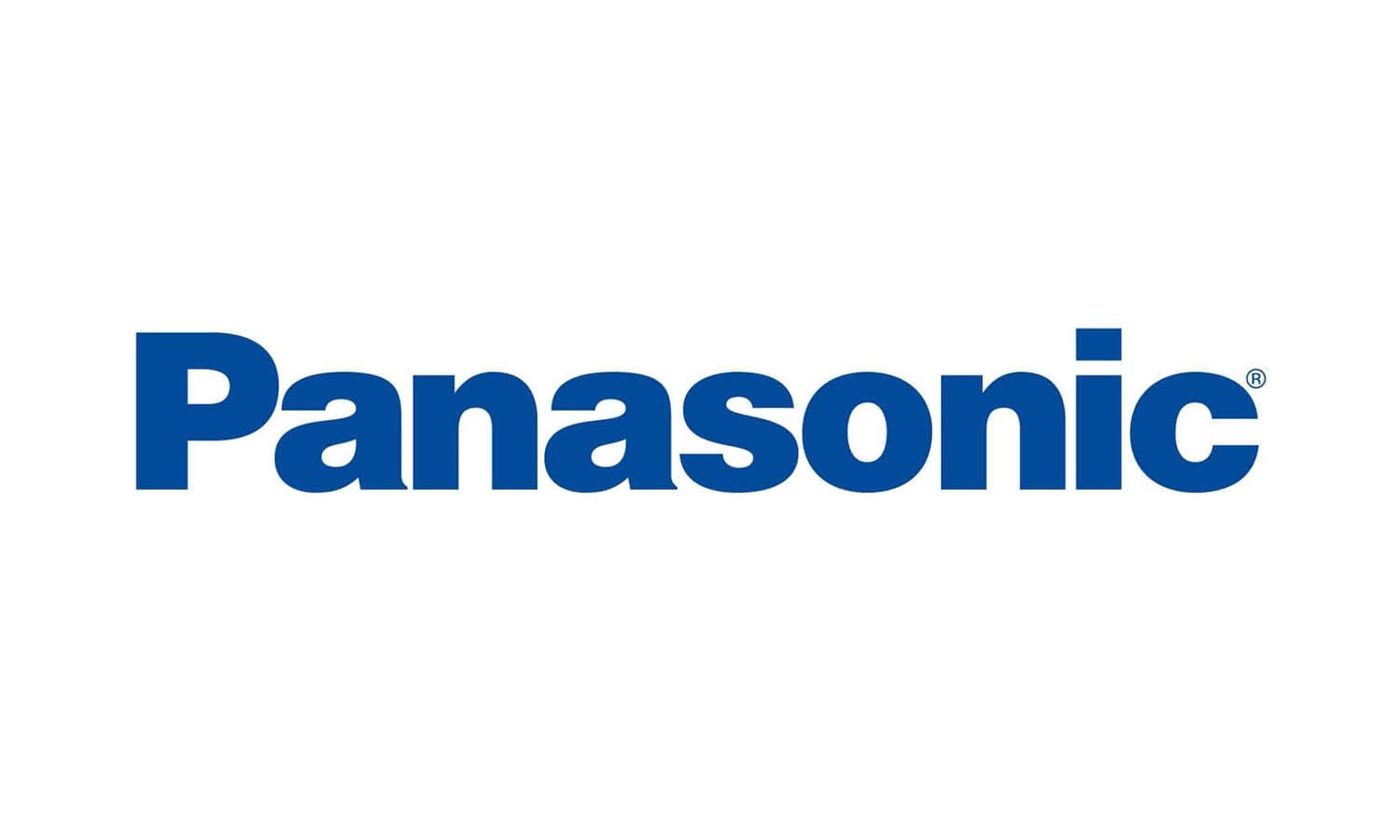
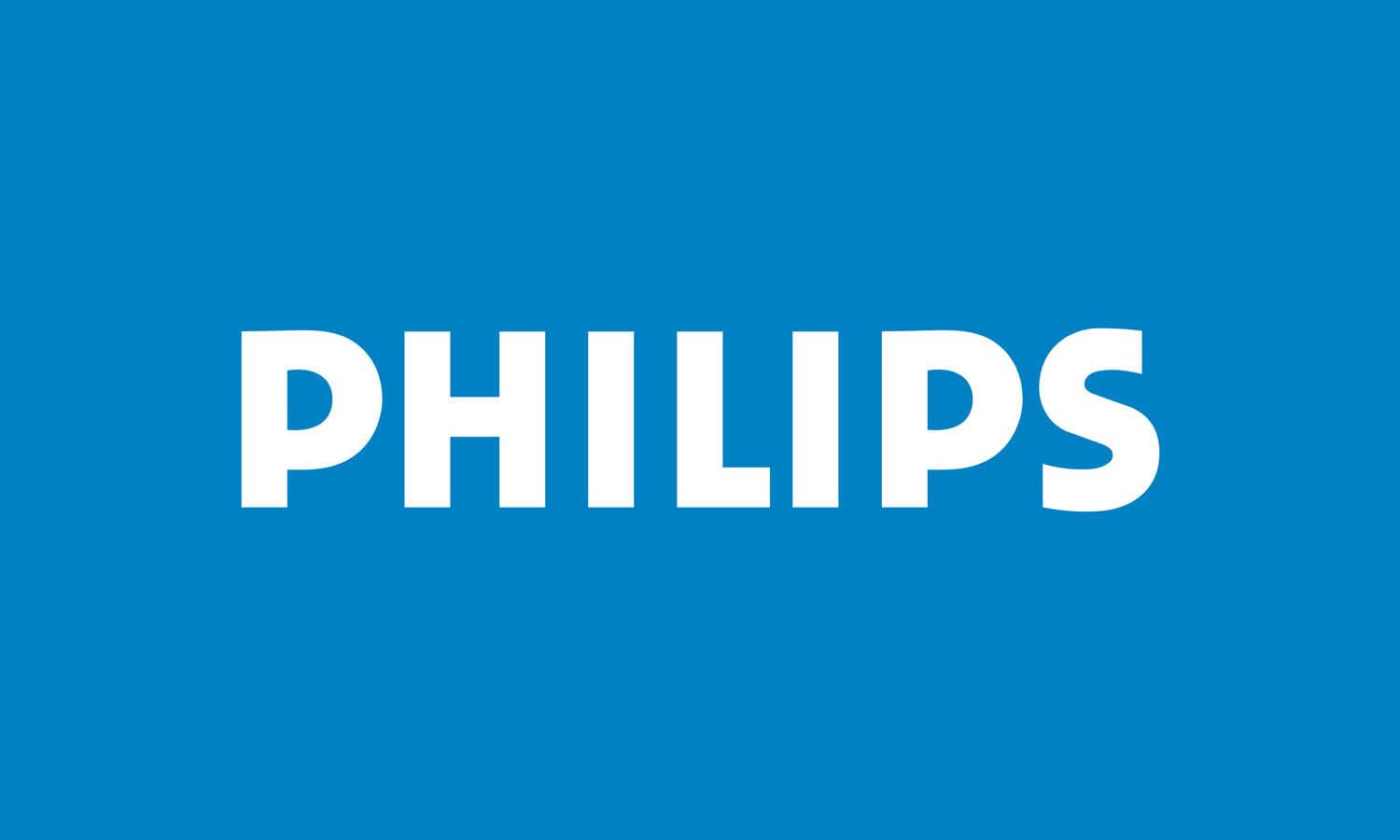

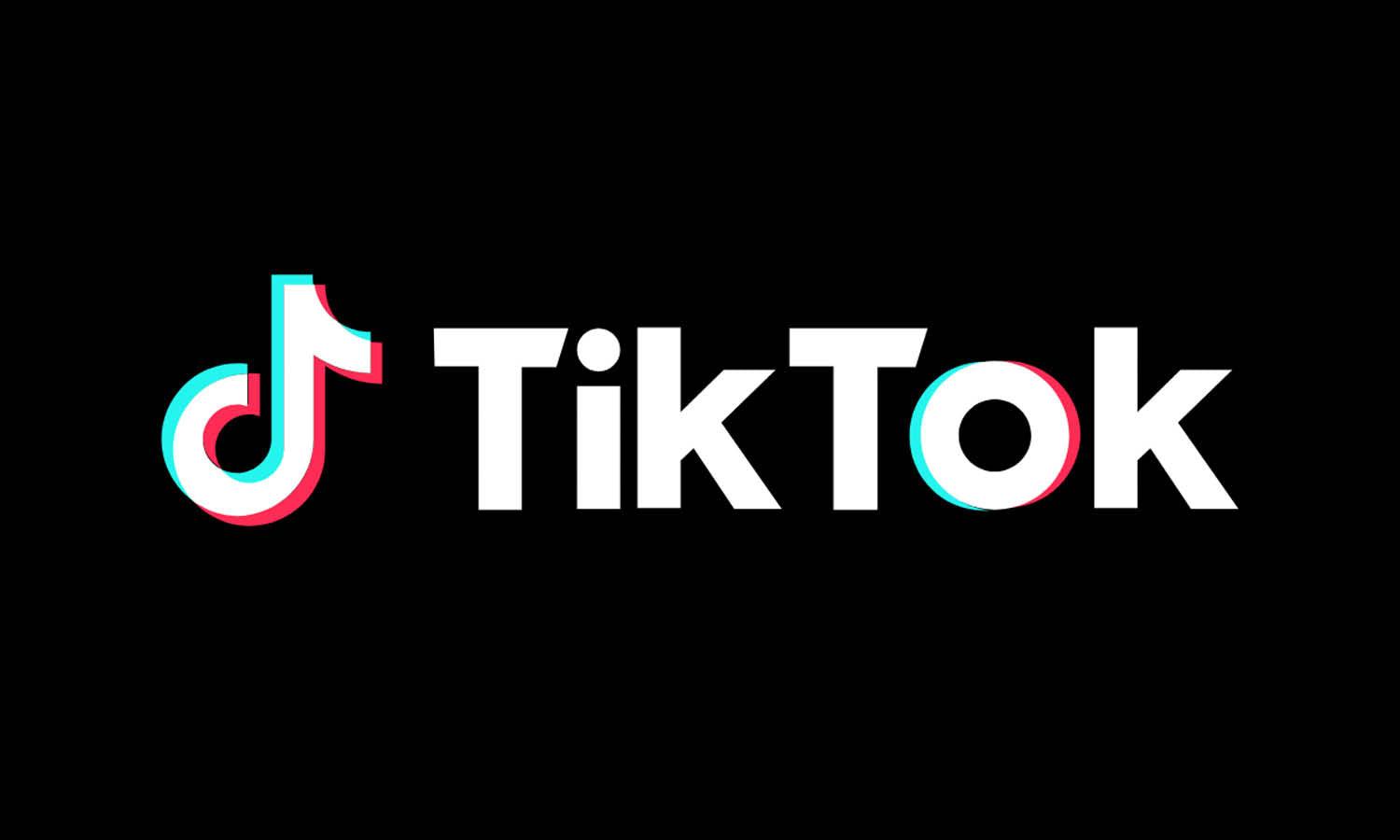
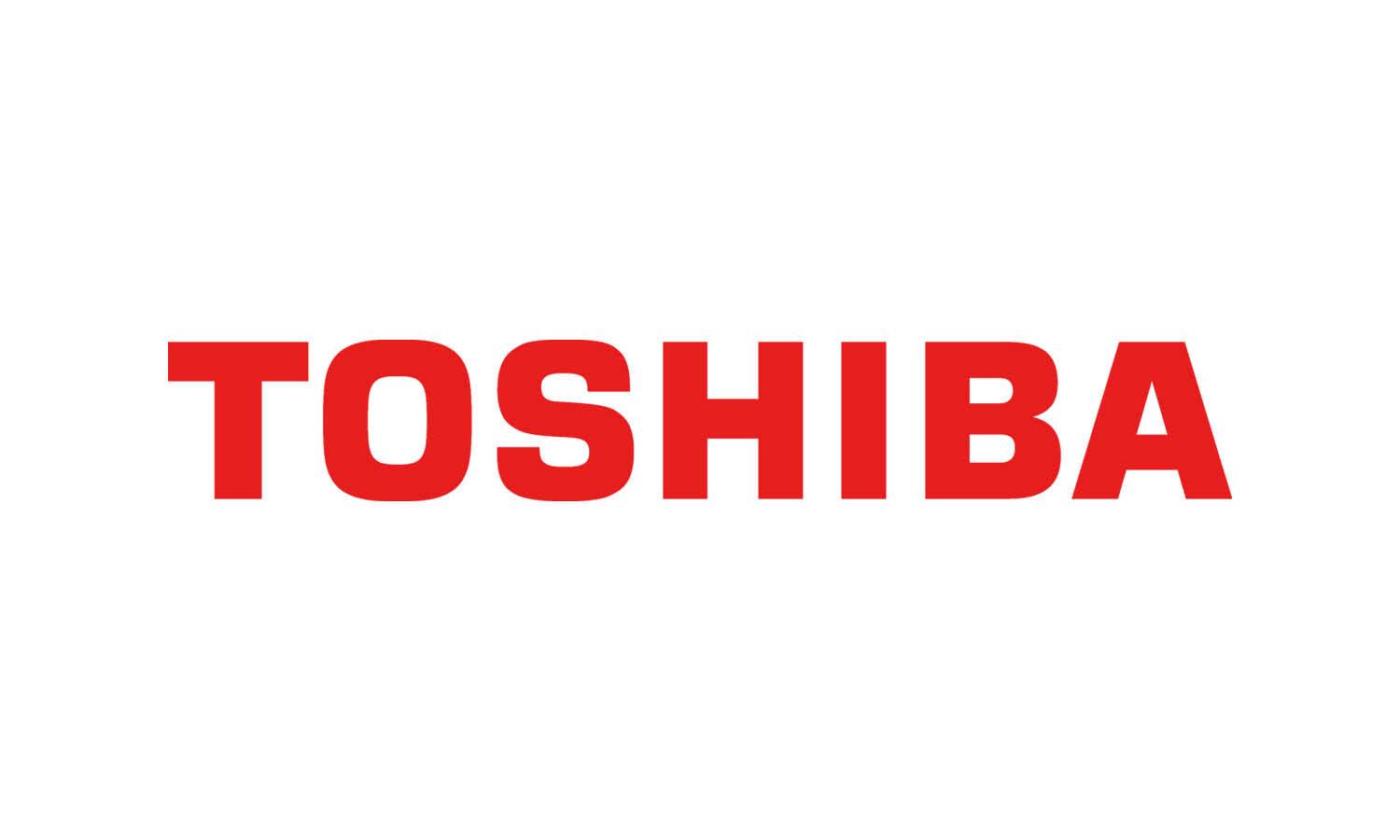
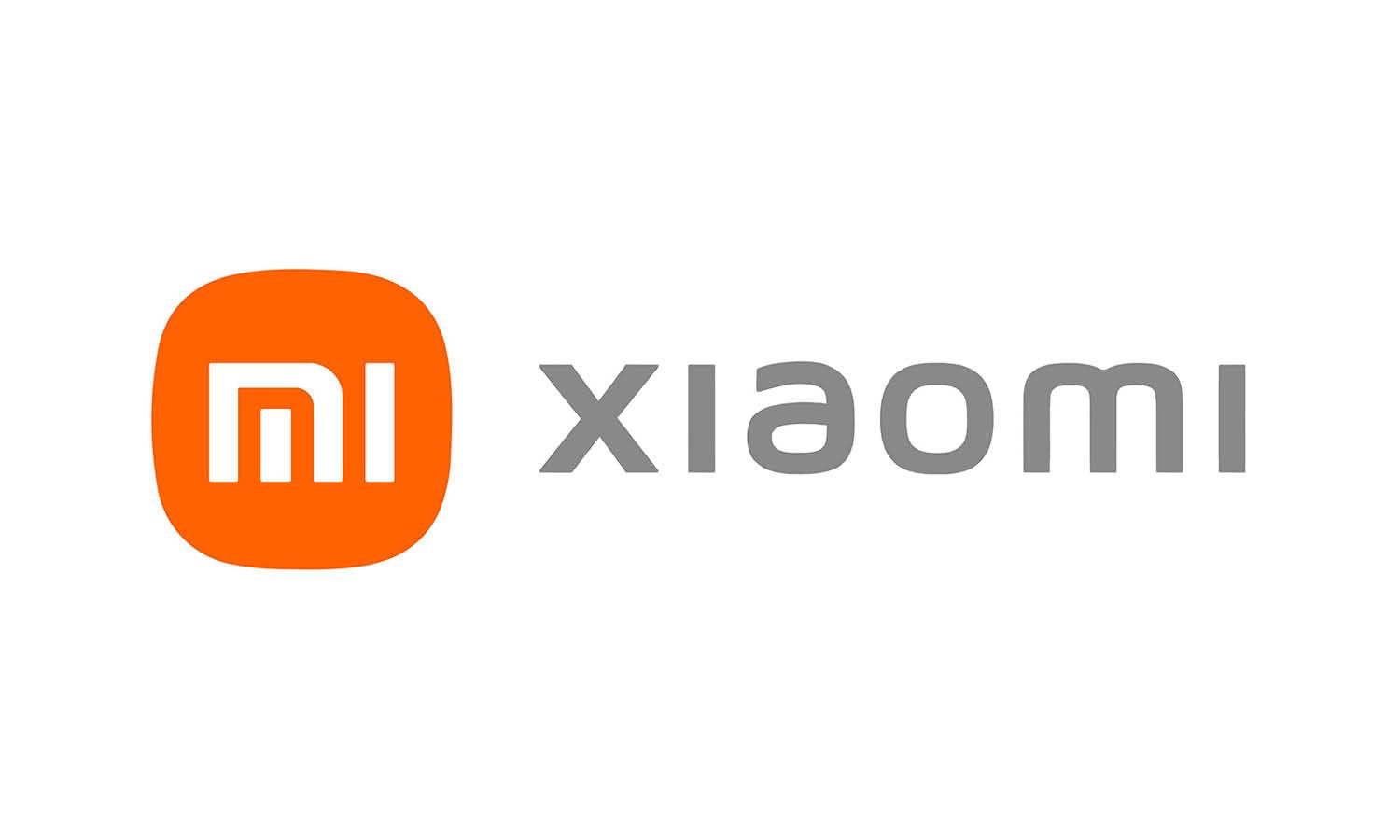








Leave a Comment